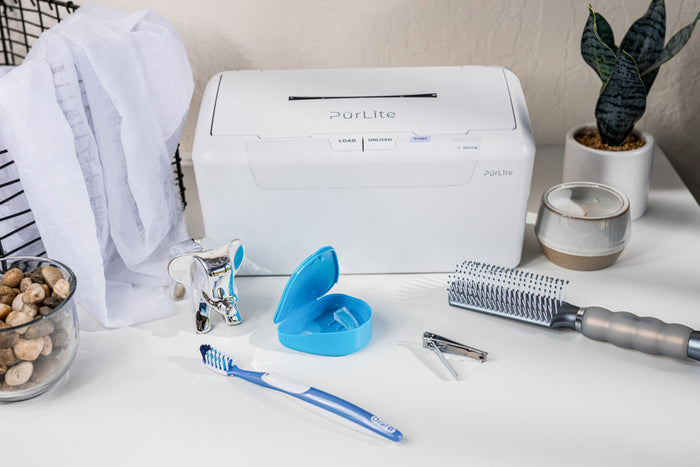Cleanliness and Your Mental Health

There is powerful psychology behind cleaning. For some of us, even the sight of a clean and tidy home, can help blunt the effects of a stressful day. A more organized and clean house can lead to more production. You’re less stressed and more focused without distractions from clutter and dirt. Without distractions in place, your mind can process at a faster pace. It’s time to take a look at the connection between a clean house and mental health.
Aside from having a cleaner home, the relationship between cleanliness and mental health can help us reduce anxiety and other mental health issues. This may come as a surprise but housekeeping produces endorphins which improve the ability to sleep, which in turn reduces stress. Regular participation in an aerobic exercise like scrubbing and mopping has been shown to decrease overall levels of tension, elevate and stabilize mood, improve sleep and self-esteem. Running up and down the stairs, carrying items from room to room, and scrubbing windows can burn calories, release endorphins, and help you blow off steam. If you incorporate mindfulness into your cleaning, the work can actually be a form of meditation, leaving you more relaxed after you finish. According to Good Housekeeping 70% of Americans say tidying their home offers them a feeling of accomplishment, 61% say it makes them feel de-stressed, and 54% say they experience relaxation. A positive mental state will help you stay on top of your daily tasks.
Few things are more satisfying than entering a perfectly clean home. Unfortunately, once your house is clean, it becomes easier to slip into bad habits. You might be tempted to leave your jacket on the floor because going to the coat rack feels like too much work. Or you might squeeze a book into an overcrowded bookshelf, because what’s one book anyway? Soon enough, your home will be just as disorganized as before. The process of wiping down your desk counter, washing your sheets, making your bed, going through clutter, taking out the trash, washing the dishes, dusting the shelves, and other hands-on cleaning-related activities can lead to a very blissful, meditative state. By thinking about what you are cleaning you might find an extra appreciation that you didn't realize you were lucky to have before. Inner peace comes more from wanting what you have than from having what you want, unearthing the wonderful haven beneath the dirt and clutter can bring a new level of gratitude for all that you have.
Stay on top of chores and tasks in order to help yourself from getting in a rut. It’s easy to undermine the power of organizing and decluttering; however, especially while we are all confined to sheltering-in-place, remember the wide-ranging mental health benefits, and embrace your cleaning.



